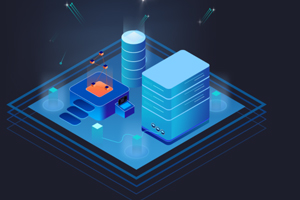Cdn acceleration server

The CDN node will include nginx and cache. nginx is used for load balancing, The cache is used as a cache. After the user requests to the CDN node, if the user's content is not cached in the cache, the CDN node will go to the origin station to request the resources the user needs. After obtaining the data, the CDN node will do two things, return the data to the user, and cache the data in the cache, so that the same request can be retrieved from the cache without returning to the source. In addition, you should note that the current CDN does not allow the source station to push data. It is the first time to go to the source station to fetch data. It uses the method of pulling data.
CDN acceleration solves the access delay problem caused by distribution, bandwidth, and server performance. It is applicable to site acceleration, on-demand, live broadcast, and other scenarios. Users can get the content they need nearby, solve the Internet congestion, and improve the response speed and success rate of users visiting websites.
The purpose of CDN is to reduce resources as much as possible to ensure the continuity of information under the circumstances of forwarding, transmission, link jitter, etc. CDN plays the role of escort and accelerator. It can trigger information quickly and accurately and reach every user, bringing more extreme use experience.






